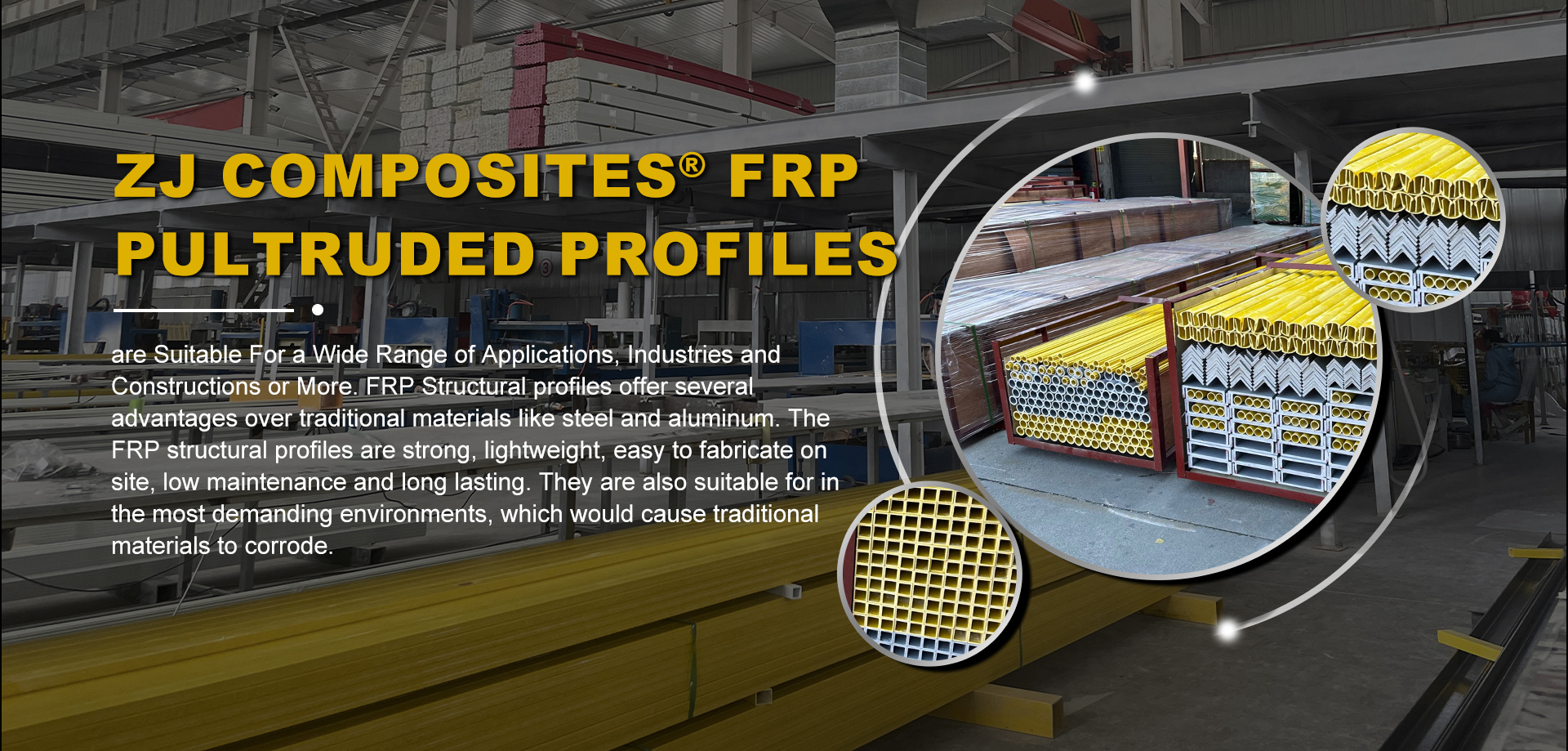loading...
- No. 9, Xingyuan South Street, Dongwaihuan Road, Zaoqiang County, Hengshui, Hebei, China
- admin@zjcomposites.com
- +86 15097380338
- Welcome to visit our website!
Design and Applications of Sectional Water Storage Tanks for Efficient Fluid Management
Understanding Sectional Tanks An Overview
In the realm of water storage and management, sectional tanks play an increasingly vital role, especially in applications ranging from residential use to large-scale industrial needs. These tanks offer advantages in terms of flexibility, durability, and efficiency, making them a popular choice among engineers and architects alike.
What are Sectional Tanks?
Sectional tanks, also known as modular tanks, are water storage units composed of individual panels that can be assembled on-site. Unlike traditional monolithic tanks, which are constructed as a single entity, sectional tanks provide the ability to modify the size, shape, and configuration according to specific requirements. They can be made from various materials, including glass-fused steel, stainless steel, and plastics, each offering different benefits depending on the intended use.
Design Flexibility
One of the primary benefits of sectional tanks is their design flexibility. They can be customized to fit specific site constraints, whether it’s adapting to uneven ground or fitting into limited spaces. This adaptability makes them ideal for urban settings, where space is often at a premium. Engineers can configure the tank's layout in ways that optimize space and integrate with existing infrastructure.
Moreover, sectional tanks can be scaled up or down easily. Should the need for storage capacity increase, additional panels can be added without requiring a complete overhaul of the existing system. This scalability is particularly advantageous for industries that are subject to fluctuations in demand, allowing for a cost-effective response to changing needs.
Durability and Maintenance
sectional tanks

Sectional tanks are known for their robust construction, which can withstand harsh environmental conditions. The materials used, especially glass-fused steel and stainless steel, provide excellent resistance to corrosion, which significantly extends the lifespan of the tanks. Given that many water storage systems face chemical exposure, UV degradation, and temperature fluctuations, the durability of sectional tanks ensures reliability in various conditions.
Maintenance is also straightforward. Since sectional tanks can be disassembled, gaining access to specific parts for inspection or repair becomes easier than with traditional tanks. This accessibility not only simplifies maintenance but can also lead to lower overall maintenance costs, ensuring that facilities can operate efficiently with minimal downtime.
Installation Process
The installation of sectional tanks is typically less time-consuming than that of conventional tanks. Because the panels are pre-manufactured, they can be transported to the site and assembled quickly, resulting in reduced labor costs and faster project completion. Many modular tanks use bolts and seals to connect the panels, which allows for a simple assembly process that can be completed with minimal specialized equipment.
Environmental Considerations
As society becomes increasingly aware of environmental issues, the choice of water storage solutions is more crucial than ever. Sectional tanks can be designed with eco-friendly features, including the incorporation of rainwater harvesting systems and filtration solutions. Their efficient use of materials and adaptability to sustainable practices make them a favorable option for green building projects.
Conclusion
In conclusion, sectional tanks represent a modern evolution in water storage technology. Their flexibility, durability, ease of installation, and environmental compatibility make them a preferred choice for a variety of applications—ranging from agricultural needs to urban water supply systems. As the world continues to confront challenges related to water management and sustainability, understanding and utilizing sectional tanks may prove essential in finding effective solutions for water storage and conservation. Whether for individual homeowners or large industries, these tanks embody a functional and efficient approach to managing one of our most precious resources.
-
The Rise of FRP Profiles: Strong, Lightweight, and Built to LastNewsJul.14,2025
-
SMC Panel Tanks: A Modern Water Storage Solution for All EnvironmentsNewsJul.14,2025
-
GRP Grating: A Modern Solution for Safe and Durable Access SystemsNewsJul.14,2025
-
Galvanized Steel Water Tanks: Durable, Reliable, and Ready for UseNewsJul.14,2025
-
FRP Mini Mesh Grating: The Safer, Smarter Flooring SolutionNewsJul.14,2025
-
Exploring FRP Vessels: Durable Solutions for Modern Fluid HandlingNewsJul.14,2025
-
GRP Structures: The Future of Lightweight, High-Performance EngineeringNewsJun.20,2025
